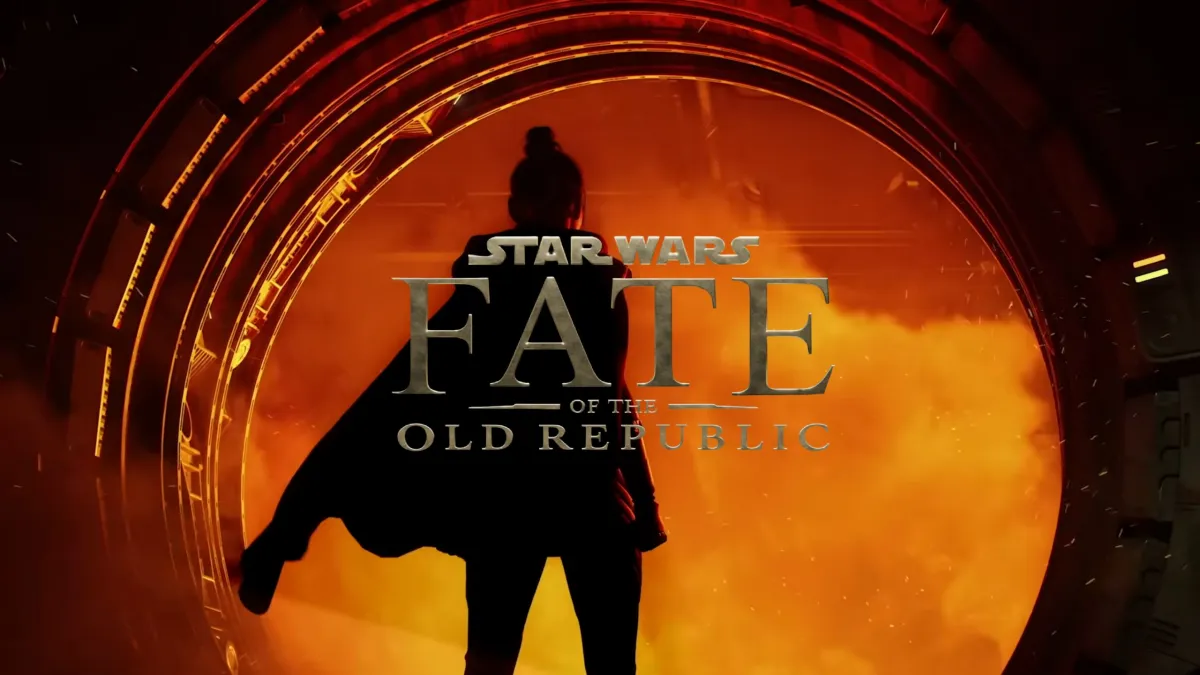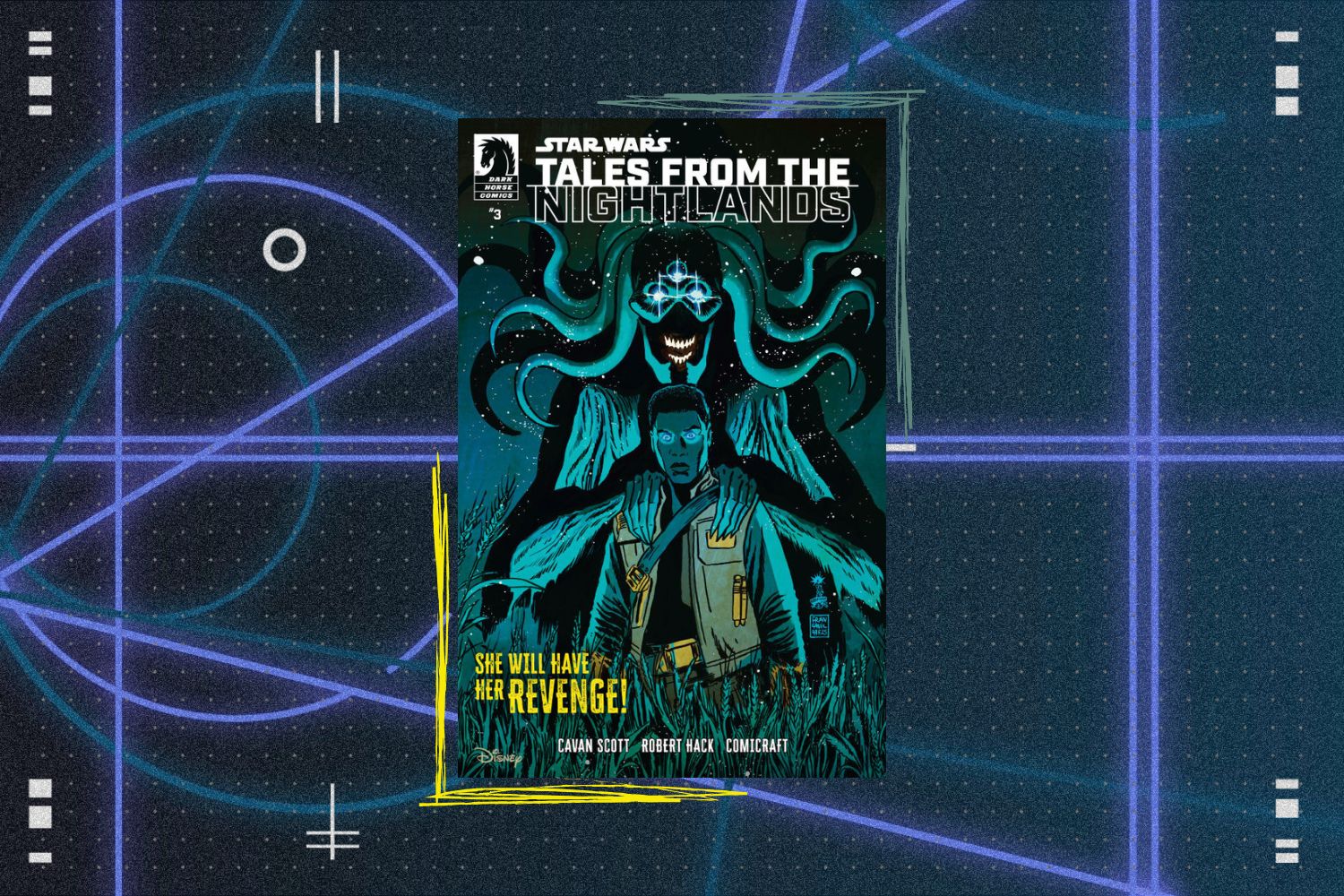Every Thread That Connects ‘Andor’ to ‘Rogue One’
Discover every narrative thread that links Andor to Rogue One, from character arcs and Rebel foundations to covert missions and growing Imperial tension.
Jun 6, 2025

Lucasfilm/Youtini Illustration
Note: This article may contain affiliate links, meaning we may earn a commission if you purchase through them at no extra cost to you. See our disclaimers for more information.
Introduction
When Andor was first announced, some fans worried that this prequel to Rogue One was narratively unnecessary and would fail to enrich the Star Wars saga in any meaningful way.
Needles to say…those folks were wrong.
Andor is not just a companion piece to Rogue One—it’s the narrative scaffolding that makes the film even more powerful. Spanning two meticulously crafted seasons, Andor tells the story of Cassian Andor’s rise from wayward drifter to hardened Rebel spy. But even more than that, it lays the political, emotional, and operational groundwork for the events of Rogue One by building out the stakes, characters, and ideologies that lead directly to the iconic mission to steal the Death Star plans.
While Rogue One gave us a glimpse into the grey morality and strategic ruthlessness of the Rebellion, Andor shows us how those conditions were created, and there was plenty of connective tissue to track along the way.
Cassian Andor

Lucasfilm
It goes without saying that Cassian is the most obvious link between the two projects, but Andor deepens our understanding of him even more than I had ever thought imaginable.
Season 1 begins with a man who is selfish, disillusioned, and looking for his long-lost sister. By the final arc of Season 2, he has become a trusted agent in General Draven’s inner circle and an operative willing to do the increasingly dangerous and morally ambiguous work the Rebellion demands.
The Aldhani heist in Season 1 was one of his most defining moments in this respect. That introduced him to the idea of the Rebellion existing as a reality instead of purely as ideology (although he got to experience some pretty fantastic ideology along the way thanks to Nemmik’s unbelievable manifesto).
In Season 2, we see an evolved version of this Cassian leading infiltration missions, gathering intelligence, and finally embracing his place in something bigger as he preaches in the opening episode. These experiences finely tune his abilities, but they also harden him, preparing him for his opening moments in Rogue One where we see him execute a friend in order to keep the Rebellion safe.
That act was honestly really jarring for me when I first saw the film, but after watching Andor and witnessing how Cassian evolves…it’s almost tragically inevitable.
He’s not a monster. He’s a soldier with blood on his hands, and there are reasons behind every drop.
K-2SO

Lucasfilm
Season 2 delivers on the long-promised introduction of K-2SO, the reprogrammed Imperial droid whose dry wit and unwavering loyalty became one of Rogue One’s standout performances and one of the best droids in Canon.
However, in a stark contrast to the lovable companion we got to know in Rogue, K-2’s first appearance in Andor is raw and violent. He tears through revolutionaries during the Ghorman Massacre’s fallout, showcasing his destructive potential with chilling efficiency reminiscent of Vader’s famous hallway scene.
But by the series’ final arc, Cassian and K-2 have already formed an efficient and emotionally charged partnership. The show doesn't waste time on a "buddy cop" evolution—instead, we jump into a rapport already tempered by war.
When Rogue One opens, their synergy is immediate, and despite their relatively limited amount of time together, Andor succeeds in giving that relationship context, weight, and poignancy.
Saw Gerrera

Lucasfilm
Forest Whitaker’s Saw Gerrera is somehow one of the most prevalent characters in Star Wars as he represents a throughline between The Clone Wars, Rebels, Andor, and Rogue One. What started out as a relatively short contract for Whitaker has blossomed into one of the most recognizable characters in the Rebellion, and Andor reveals even more of his many mysteries.
Specifically, season 2 magnifies Saw's paranoia and ideological extremism in shocking ways. He refuses to align with Mon Mothma’s growing network, dismissing it as weak and politically compromised, but perhaps the most important reveal is that of the chemical Saw breathes in Rogue One as rhydonium, a starship fuel.
That’s right. Saw Gerrera is not drawing on extra oxygen throughout Rogue One–he’s inhaling the lifeblood of starships in order to…well…the true reasons are up to him. This signals the internal toll of his increasingly erratic tactics as they push him further and further away from his former allies in the Rebellion.
Much like Cassian, this connective tissue helps us realize how the bright-eyed revolutionary of The Clone Wars became the shell of a man hiding out in the deserts of Jedha…and the truth is even harsher than we could have guessed.
Mon Mothma, Bail Organa, & the Political Backbone of the Rebellion

Lucasfilm
Mon Mothma’s transformation from a poised Chandrilan senator into a haunted Rebel leader living on Yavin is one of the most tragic yet inspiring arcs in Andor.
Season 1 shows her trapped in political games, the burning embers of revolution, and a seemingly loveless marriage…but Season 2 breaks her completely. The Ghorman Massacre pushes her into open defiance of the Emperor at the cost of everything she has worked decades to build, but she simply has no other choice.
She disappears from public life, while Bail Organa—portrayed wonderfully by Benjamin Bratt—tries to remain in the public eye, creating a two-pronged leadership structure: one underground, one still wearing the mask of diplomacy.
This duality pays off in Rogue One where Mon commands respect from a unified Alliance, while Bail quietly works behind the scenes all the way until he heads home to face his tragic destruction.
General Draven & the Militarization of the Rebellion

Lucasfilm
General Davits Draven, first introduced in Rogue One, enters Andor Season 2 as a rising strategist overseeing intelligence operations.
His interactions with Cassian are particularly telling. He’s not as ideological or even poetic as Luthen Rael, but rather he exudes a methodical, almost cold air that shrouds him in assumed authority. Draven tries to control Cassian, grounding him after key missions, pushing for discipline, but even at his most frustrated, it’s not personal—it’s war.
Because we witness this man attempting to craft these disjointed rebels into a respectable military, when Draven orders Cassian to assassinate Galen Erso in Rogue One, we understand why. Draven has apparently always been willing to make impossible choices for what he believes is the greater good…even if he has to dip into the occasional darkness.
Orson Krennic & the Death Star

Lucasfilm
Krennic’s presence in Andor Season 2 was one of the most anticipated additions to the series, and he delivers in spades. He’s not a grand schemer, but he is a conniving bureaucratic climber, and that skillset is on full display as he orchestrates the Ghorman Massacre from the very beginning. His interactions with Dedra Meero are especially laced with disdain and strategic maneuvering that we know eventually puts him on top.
In Season 1, we also learn that Death Star parts are being fabricated at Narkina 5—meaning Cassian unknowingly helped build the weapon that kills him, but Season 2 drops yet another bombshell with the Empire’s theft of Kalkite crystals from Ghorman. This material used in kyber stabilization is a key part of the Death Star’s core and the reason that the deadliest, cruelest domino is toppled.
Once we arrive at Rogue One, we understand that Krennic isn’t just a villain—he’s an unrepentant engineer of imperial genocide, and Andor finally shows us the true scale of his ambition and brutality.
Yavin

Lucasfilm
Personally, I find the most striking connective tissue between Andor and Rogue One to be the Yavin IV base itself.
To put it plainly…we now know it literally exists because of Luthen Rael. His early sacrifices and machinations with manipulating Mon Mothma, organizing cells, and executing secretive operations create the very foundation we see in Rogue One and of course in A New Hope. His legacy is invisible to most Rebels, and intentionally so, but looking at Yavin we can actively visualize how he was the key to their entire success.
The next time you watch Rogue One, Yavin doesn’t just look iconic…it feels like a monument to the sacrifice of the man who started it all and did, in fact, burn his life for a sunrise he never got to see.
Conclusion

Lucasfilm
Andor does what few prequels ever manage. It makes the original better.
Every moment in Rogue One now carries the weight of backstory: Cassian’s glance at K-2, Mon Mothma’s poise, Saw’s madness, Krennic’s desperation. The dots don’t just connect; they lock into place with devastating elegance.
Andor has essentially become the soul of Rogue One, and watching the two together is no longer optional—it's essential.
Eric Eilersen is the Associate Director of Youtini and co-host of The Youtini Show. He loves collecting Star Wars Funkos, lightsabers, and LEGO as well as playing video games, reading Brandon Sanderson novels, watching the Dallas Cowboys, and spending time with his wife and pets. You can follow him at @EricEilersen.












